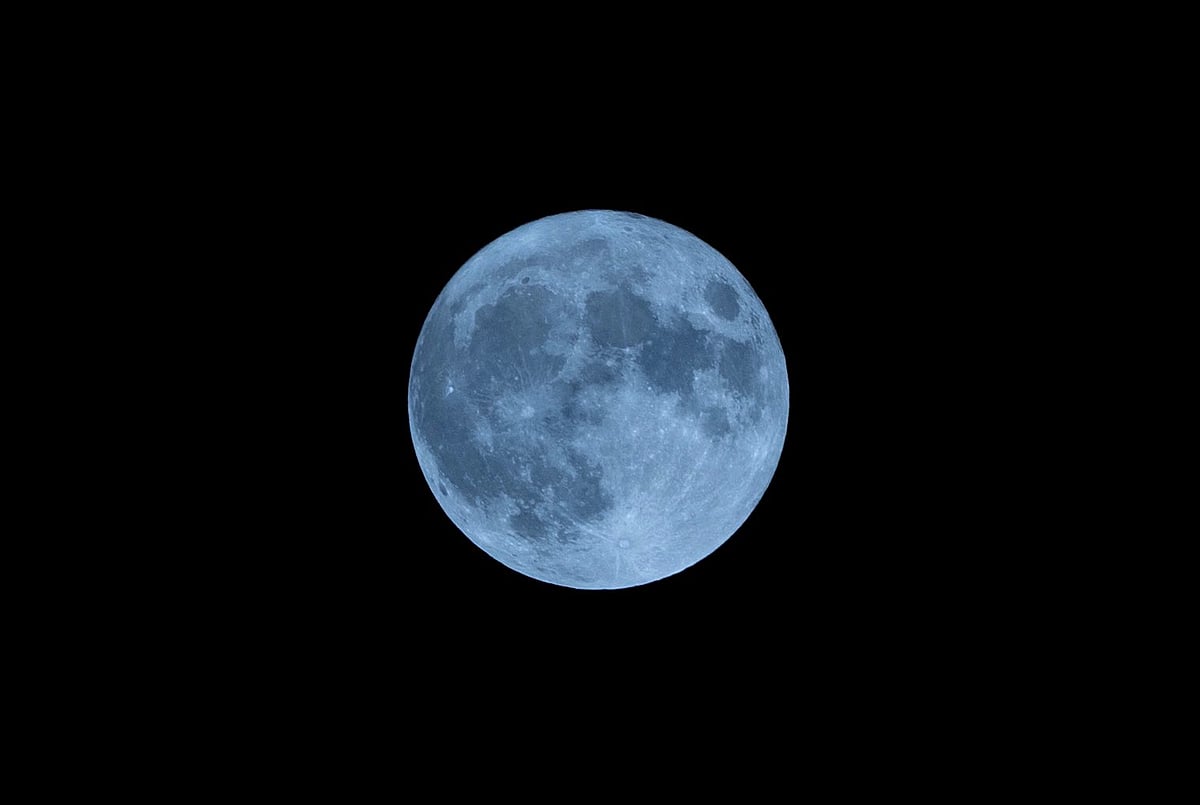It's a big year for all the stargazers and space lovers! A rare comet is all set to dazzle the sky this week. The comet named Comet Nishimura ( also called C/2023 P1), which passes once every 437 years, will pass near Erth from September 12 to 18. The green comet will swing by Earth at a safe distance and make its closest approach to the sun on or about September 18.
At that point, it will be 27 million miles from the star, closer to it than Mercury. If it survives, people in the Southern Hemisphere could get their chance to see the comet later in the month.
Comet Nishimura follows an elliptical orbit around the Sun, where its complete journey takes approximately 435 years. This implies that the last encounter between Comet Nishimura and Earth occurred in the year 1588. While trained astronomers will have the capability to observe it using advanced telescopes for a period prior to its departure from our view, it will not make its return for the ordinary stargazer until the year 2458.
What is a comet?
A comet is like a cosmic snowball made of dust, rocks, and ice that travels through space. When it gets closer to the Sun, the Sun's heat makes the comet's ice melt and release gas and dust. This creates a bright, glowing tail that we can sometimes see from Earth, and comets can appear as bright streaks in the night sky.
Comet Nishimura’s atmosphere contains a molecule called dicarbon, or two carbon atoms bound together. When dicarbon undergoes decomposition, it emits a vibrant green luminescence.
How can you watch the comet?
You can see Comet Nishimura in the mornings, and it will shine brightest during the weekend and into Monday before the sun rises. It will be as bright as the North Star. To spot it, you can use binoculars or a telescope for a better view.
Here's how to find it:
Go outside about an hour and a half before the sun comes up.
Look toward the eastern horizon, where you'll see a bright star called Venus.
Just below Venus, you should see a small streak, which is the comet.
Another way to find it is to look to the left of a bright star called Regulus, which is in the Leo constellation.
Keep in mind that after September 11, it will become harder to see the comet in the evening because the sunset's brightness will make it less visible. So, try to catch it in the morning while it's still visible.









